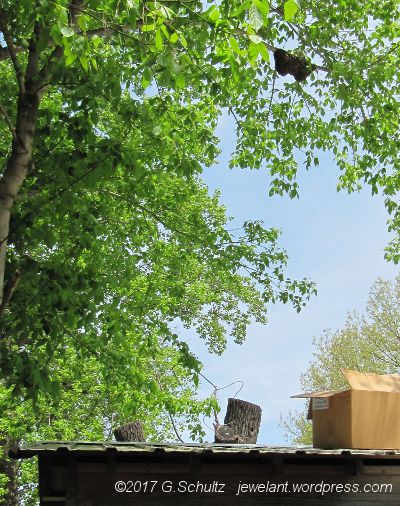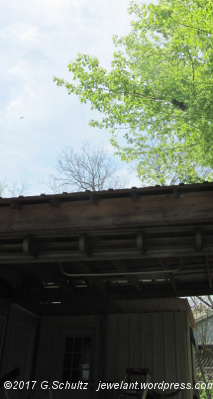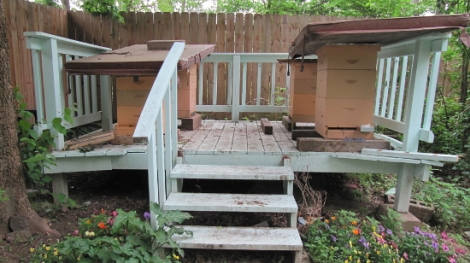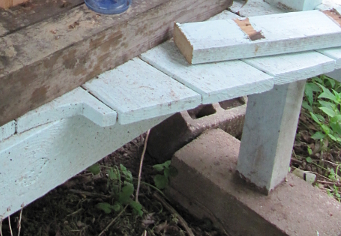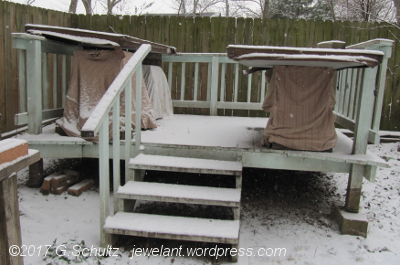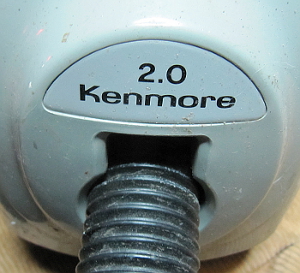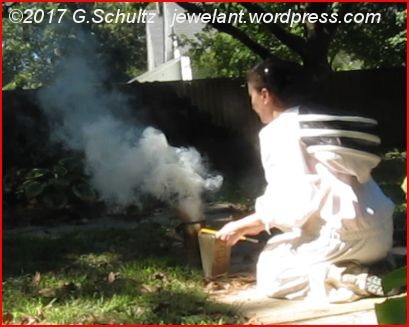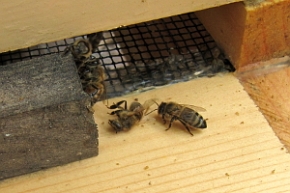DO I HAVE BEEKEEPER PTSD?
After I recently got stung to pieces trying to capture a swarm in the wrong manner, all kinds of things went through my pea brain. Kind of like a person that falls off or gets bucked off a horse, I was reluctant to do my normal bee routine. I was having trouble wanting to get back out there and tend to the remaining bees that I did have. Although I know that with my suit and gloves on, the chances of getting stung again were not really very likely. And I always take great pains not to crush anyone.
But I had never in 5 years of owning bees gotten to really enjoying them. I did not enjoy the fact that they really didn’t like my presence, and could act really hateful at the wrong moves. Adding to the fact was that I had changed my bees from Russians, to two different other breeds. One of these breeds was Italians, which did not seem to be very touchy. The other breed was a mutt breed called “survivor bees” who seemed calm, but with no warning would explode into a rage. I had never had any bees that temperamental.
My Russians would always head butt me before actually stinging, so I had some kind of warning. But they were very swarmy, so I changed types last year.
Anyway, after the attack I was leery of bees, not terrified, but reluctant. I knew I needed to tend to them, but I found all and any kind of excuse to put it off. However, I did consider the idea at the last that aside from that reluctance, those survivor bees did seem to be a tad screwy. And since I didn’t actually see them leave the hive in a swarm, I entertained the idea that possibly these were not my bees, but a feral bunch from somewhere else. OR “Africanized bees”?????

The culprits. Bee guarding entrance to hive.
But none of that explained that one hive in the back that was super touchy.
I thought possibly if I requeened all the screwy hives . . . And I also thought about selling all the darned bees, because what good is it having them if you don’t maintain them? I didn’t mind having a few hives (2 or three), but six was a maintenance thing if you didn’t really love it.
Hey, here I am posting umpteen articles on how to take care of bees, and I didn’t even feel comfortable around them enough to want to keep them any more. I opologize profusely. But it is the trooooooooth. I can stand sitting in a chair in front of the hive without fear at all. But I put on that bee suit, and I know the bees will like me up until the point that I remove some frames. Then they just lose it. I keep going, but they are pissed and I do not enjoy them being pissed at me. I guess I just want my animals to like me because I take so much care taking care of them.

Finger sting
It’s not as if I’m terrified, or in fear of my life or anything. I know that it isn’t personal. I know the bees don’t hate me personally, or even all people personally.

My eye . . . swollen up
I think I need a beekeeper shrink . . . But now for my other reaction
I got up the morning after writing the above article. I was not even awake, with bleary eyes, cricked neck, and another thought coming into my not yet awake mind. Here I am spending my hard earned money on beehives, frames, beetle traps, time out of my life, etc. So I resolved to look at this in the opposite way for once.
-
- They cost me over $100 each. x6 = $600
- Their hives cost about $150 each. x6 = $900
- The beetle traps cost at least half that each. x6 = $300
- The extra supers cost a certain amount.
- Extra excluders cost a certain amount.
- Powdered sugar for shaking, and miscellaneous equipment probably cost at least $100
- A SMALL spinner for spinning frames of honey cost $120.
- Maintenance averages 2 weeks a year. That equals 5-6 months out of my life. Which is equal to a large vacation.
- I worry over the parasites that attack them.
- I have to go out in the cold and make sure they don’t freeze to death or starve.
- I have to go out in a hot bee suit and sweat over them while they try to kill me.
- Bee stings make me itch and dig my skin off for at least a week.
And the bad possiblities . . .
-
- They are in MY backyard.
- They are bought and paid for by me.
- They are taken care of with time out of my valuable life.
- I only ask for PART of their food, which is extra they won’t use.
- They live at my discretion.
- The beetles would get them if I didn’t do something about it each year.
- They could have gone to someone that bangs on their hive.
- They could have gone to someone that likes to smash bees.
- They could have gone to someone that puts poison in their hives.
- They would just act like bees and die a like a bee if I didn’t take care of them.
So, who cares if the bees actually LIKE me?
The perks used to be getting to watch bees and observe their many ups and downs. And HONEY, the main thing that is not replaceable by getting it at the grocery store in the same manner. The honey is storable for very long periods of time, tastes great, make great gifts and can be sold. You can actually stockpile it, put it in your coffee, tea, cook with it, etc.
Well, they are insects. And in their little pea brains I probably should not expect any more than that. And I’m sure I wouldn’t get a heck of a lot of money if I sold them. And that would also mean having some inspector running around my yard telling me what I already knew in the first place, which is that I have a few small hive beetles. Yeek.
So, I’m back to square one. I need to get out there today and fix those hives so they’ll survive some more and see if they have any extra honey after swarming all over the place. Anyone have one of these epiphanies?
